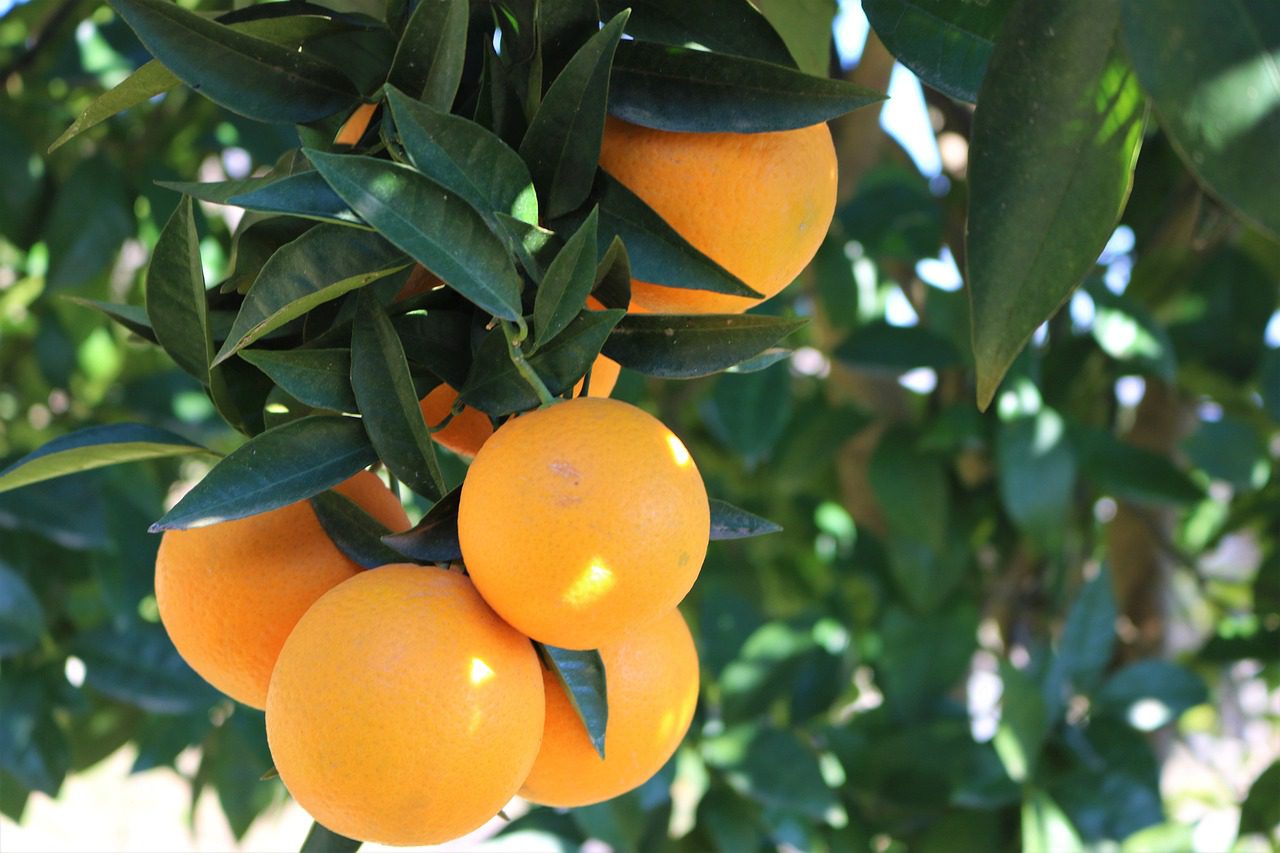See tips for maximizing your nutrition program for your citrus grove and get the most out of your nutrient inputs.
Your nutrition program is especially important in the era of citrus greening. A Citrus Nutrition article written by UF/IFAS commercial crop production and food systems Extension agent, Brandon White, shared ways to get the most out of your nutrient program, maintain that “Taking a wholistic, helicopter view of nutrient management programs can be beneficial in reducing high input costs and environmental implications.” See the other tips below.
Nutrition Program Tips
These are the areas where White shared tips for maximizing your nutrition program:
Look at Your Soil: Soil is “the foundation of the system. Almost any economically feasible thing growers can do to improve organic matter and enhance natural biology in Florida’s sandy soil is a good thing. The use of composts, cover crops, biostimulants, microbial inoculants, etc., has been proven effective in improving soil fertility. All of these products have their place in the system for improving nutrient-holding capacity and supporting microbial life and biological processes. Monitoring and adjusting soil pH (6 to 6.5) when necessary is a key factor for overall soil health and improved fertilizer uptake.”
Time Applications With Plant Development Stages to Meet Nutritional Needs: “Fertilization schedules should follow the development stages and nutritional needs of the plant. There are three main growth stages in citrus fruit development: cell division (phase I), cell enlargement (phase II) and maturation (phase III). Many factors can affect the actual timing of these phases. These factors include varying bloom times from year to year (climate and drought), stresses (such as HLB) and variety (longer development in Valencias).”
- “The peak demand for nutrients takes place around March through May, so this is a critical time for nutrient availability… It is important to make sure there are sufficient nutrients available from about February at pre-bloom and between March and May during fruit set and cell division.”
- “In late summer to fall, fruit goes into maturation with a decreased overall nutrient demand.”
- “Winter serves as a sort of rest period, when the nutrient requirements are the lowest of the year. As trees come out of the winter and approach the main bloom period, they benefit from a primer of nutrients to kick off the high-growth season.”
- “Avoid excessive fertilizer applications the rest of the calendar year to prevent overdosing trees. While some growers make regular fertilizer applications in the fall, there can be some downfalls to this. Too high of plant nutrient levels during phase III can hinder color development and Brix levels of fruit, make trees more susceptible to cold damage and complicate psyllid management (psyllids like new flushes).”
Griffin Fertilizer is committed to helping both growers and ranchers make sound agronomic and economic decisions in order to maximize the health of their grove and pasture. As a full-service custom dry & liquid fertilizer blender and crop protection product distributor, we will continue our mission to further advance Florida agriculture. For questions or concerns about your farm or pasture, contact us and one of our team will be in touch.

